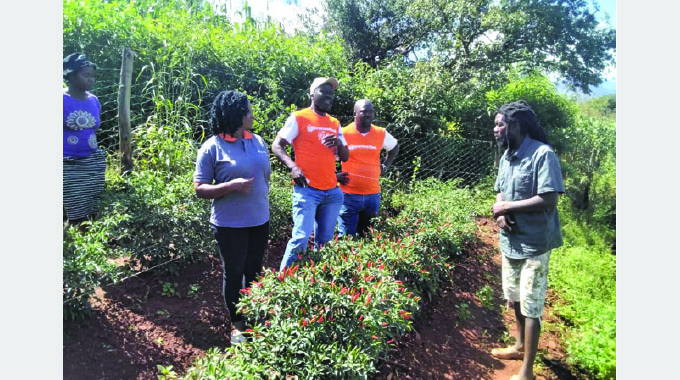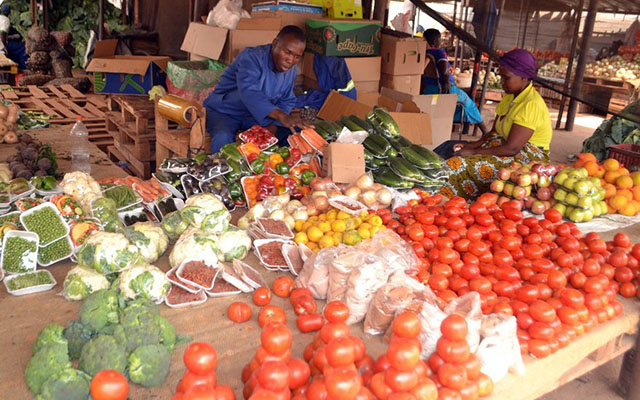Chillies take starring role in olericulture recovery

Edgar Vhera Agriculture Specialist Writer
MANY small and large-scale farmers have taken advantage of the recent operationalisation of the Horticulture Recovery and Growth Plan (HRGP) to strike lucrative contract deals for the production of chillies, as the country moves to resuscitate olericulture.
Olericulture is a branch of horticulture that deals with the production, storage, processing and marketing of vegetables.
The HRGP has enabled the best model farms and export vegetable projects with a traceable history of compliance to benefit under the current olericulture recovery and growth programme (ORGP).
The cost of implementing the ORGP has been set at US$19 million, with the vegetable production for export programme set to cost US$17, 5 million.
Production of vegetables for the export programme will also target producers of chillies, among other crops.
African bird eye chillies production is being spearheaded by Dombera Farm of Manicaland while food outlet, Nandos is leading charge across the whole country. The coming of the hybrid Teja chilli variety into the fold has put the country on a trajectory to advance ORGP.
Teja chilli variety is a hybrid being imported into the country by a local contracting company, Shumbatafari Agriculture, as part of national efforts to boost production of horticulture crops for the export market. The country is targeting horticulture earnings in the region of US$1 billion by 2030.
Shumbatafari Agriculture head of agronomy, Mr Wages Chimhanda recently urged farmers with irrigation facilities who are interested in chilli production to put at least 0, 1ha of their land under the high-yielding and paying Teja variety.
“We are looking for farmers with irrigation facilities to contract for the production of Teja chillies for export. This hybrid variety has scoville heat units (SHU) of up to 60 000, which is a measure of the pungency (kick or hotness) of chilli.
“It is high yielding, at four to six dry tonnes per hectare, and its pod length grows up to nine centimetres, which makes it easier to pick than shorter varieties commonly grown across the country. Our farm gate price is US$1, 5 per kilogramme at a moisture content of 10-12 percent. It is the first time this variety is being grown in Zimbabwe,” said Mr Chimhanda.
He revealed that their initial target was 500ha for this year and hoped to increase it to 5 000ha by 2025.
In line with market demands for products that are environmentally friendly, Mr Chimhanda encourages farmers to use organic manure for the crop. Chilli is a hardy plant that naturally resists many pests and diseases. It is sun dried with a fresh to dry ratio of three to one.
Though initially for the niche’ market, chilli consumption has grown to cover many people on the backdrop of increasing calls for healthy eating.
Mr Chimhanda further highlighted that for meaningful returns, a farmer producing chilli under contract needed at least 0, 1ha. The biggest area under contract so far is 30ha, he added.
It takes 90 days to harvest chillies after transplanting. The final output of the crop is largely dependent on whether pickers take all the deep red ripe pods or not, which paves the way for another flush of flowers.
Shumbatafari Agriculture has a global good agricultural practice (GAP) certified pack house in Ruwa and engages agents to handle all the export logistics from permits, phytosanitary certificate, customs declaration forms (CD1) and bills of entry.








Comments